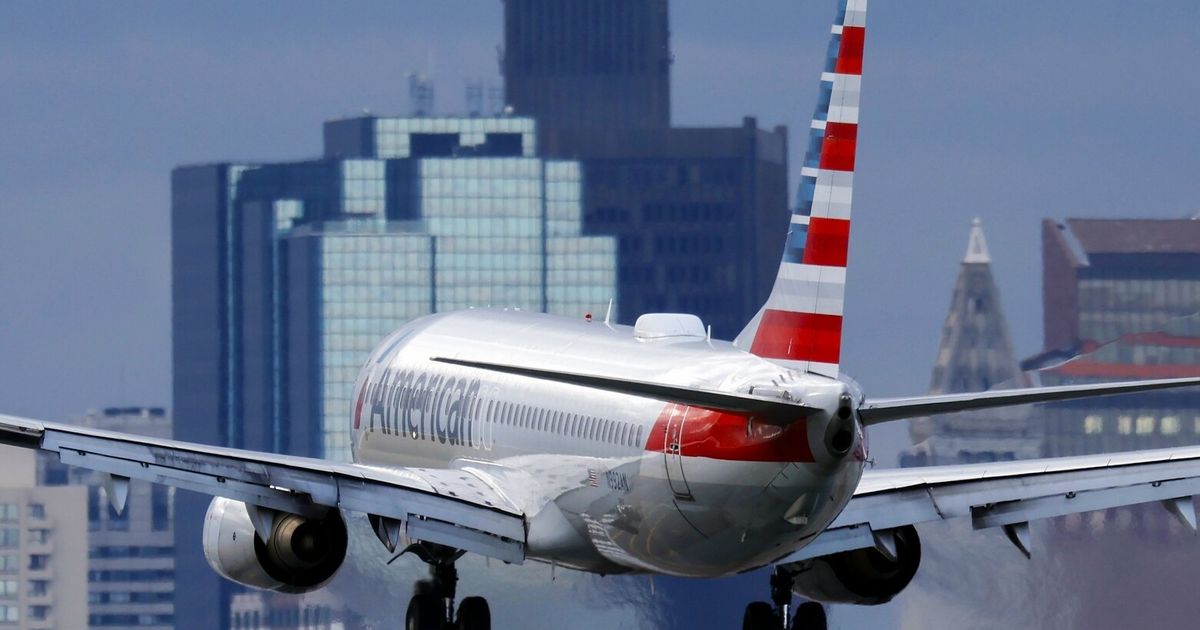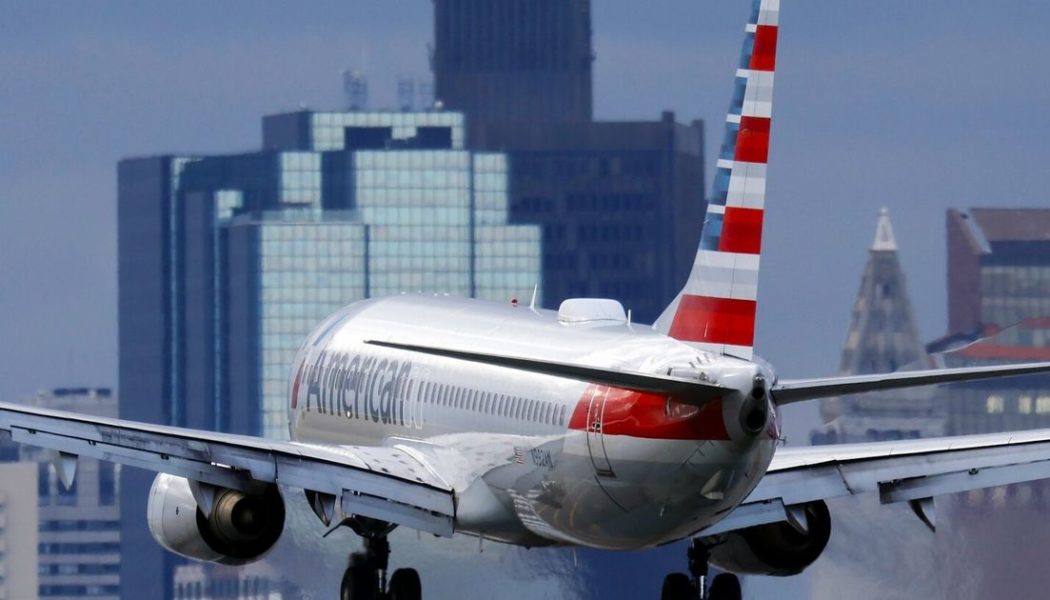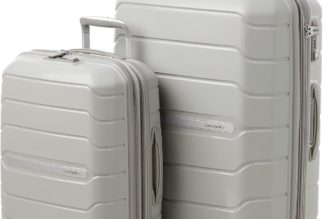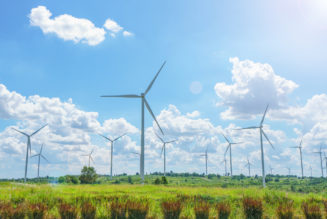
Boeing and NASA just announced a billion-dollar partnership to build the aircraft of the future. The new slender-winged jets, which could burn 30% less fuel than planes today, may zoom through the skies as soon as the 2030s.
Improved fuel efficiency is good news, considering that air travel emits 1 billion tons of climate-warming carbon dioxide annually — that’s more than most countries. Better designs will help the aviation industry meet its commitment to reaching “net zero” carbon dioxide emissions by 2050.
Yet fuel efficiency alone won’t get us there. We also need to decarbonize the fuel itself. Thankfully, this is starting to happen. Cutting-edge sustainable aviation fuel can support a thriving aviation industry while helping to address the threat of climate change.
Like other biofuels, SAF is made from renewable organic material — and that doesn’t just mean corn and soybeans. Thanks to biotechnology, today’s companies are developing biofuels made of algae, switchgrass, used cooking oil and even the carbon dioxide released by semi-active volcanoes.
One biofuel innovator, LanzaTech, has developed technology that can convert captured carbon dioxide into biofuel using bacteria. Another company, Velocys, recently won a £27 million ($33 million) grant from the British government to convert household trash into SAF.
Crucially, burning SAF emits only as much carbon as its organic ingredients collected when they were alive, making it carbon-neutral. Traditional jet fuel, in contrast, releases tons of carbon dioxide that had been trapped underground for millions of years.
That makes the emission-reducing potential of SAF hard to overstate. Swapping it in for traditional jet fuel could reduce commercial aviation emissions by an estimated 80%. SAF has the added benefit of reducing contrails, those white plumes of particles, gases and water vapor that add to the climate-warming impact of today’s jets.
SAF also makes a promising alternative for the tight-margined airline industry because it is a “drop-in” fuel, meaning it can take the place of jet fuel without any changes to existing aircraft or infrastructure.
Numerous test flights in recent years have demonstrated that SAF is safe. In late 2021, United Airlines operated a commercial passenger flight with one engine running on 100% SAF made by the Wisconsin company Virent. Later this year, Virgin Atlantic will enter the history books by making the first transatlantic flight using only SAF.
Despite the promise, SAF currently accounts for less than 1% of the fuel used by the aviation industry, with the United States producing less than 5 million gallons per year. One major roadblock is production capacity.
However, trends are quickly moving in the right direction. The amount of SAF on the market tripled in 2022 over the year before, and skyrocketing demand from airlines is spurring the industry to build new production facilities. Two dozen airlines recently pledged to use 10% SAF by 2030.
LanzaJet, a LanzaTech spinoff, will open a Georgia facility in the coming months that can produce 10 million gallons of SAF a year — roughly doubling current U.S. production. Another company, World Energy, recently announced it will launch a new SAF facility in the Houston area with a production capacity of 250 million gallons a year by 2025.
Recent policy moves are helping to spur greater domestic innovation and production. For instance, the Biden administration’s SAF Grand Challenge aims to get the United States producing 3 billion gallons of SAF per year by 2030 — with SAF meeting 100% of aviation fuel demand by 2050, an estimated 35 billion gallons a year.
And the federal Inflation Reduction Act, passed last year, established a nearly $300 million grant program to support development and integration of SAF across the country. The legislation also included a $1.25-per-gallon SAF tax credit, which will help grow the market for these fuels.
Thanks to decades of investment and innovation, decarbonizing aviation is no longer the insurmountable challenge it once appeared to be. Transformational tools like SAF herald a climate-friendly future for air travel. Let’s work together to make this historic transition happen.









